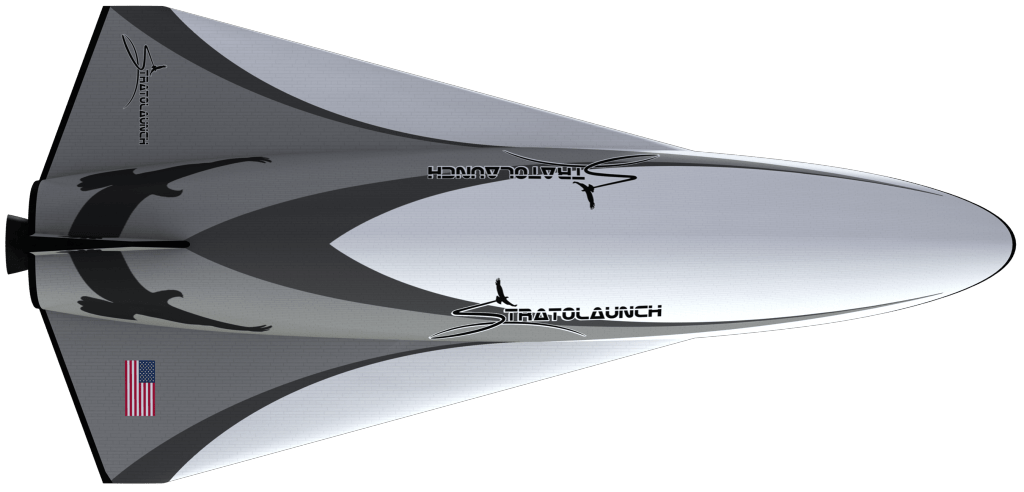A year ago, the high-altitude launch company Stratolaunch flew the world’s largest aircraft. Now, Stratolaunch has revealed the designs of two hypersonic aircraft plus a reusable space plane that will be launched from its giant Carrier Aircraft launch plane. The company hopes to begin test flights of these vehicles by 2022.
“Our hypersonic testbeds will serve as a catalyst in sparking a renaissance in hypersonic technologies for our government, the commercial sector, and academia,” said W. Jean Floyd, Stratolaunch’s CEO, on the company’s website.
Stratolaunch says their vehicles fulfill several important national needs, “including the need for reliable, routine access to space and the need to significantly advance the nation’s ability to design and operate hypersonic vehicles.” The company is based at the Mojave Air and Space Port in California.
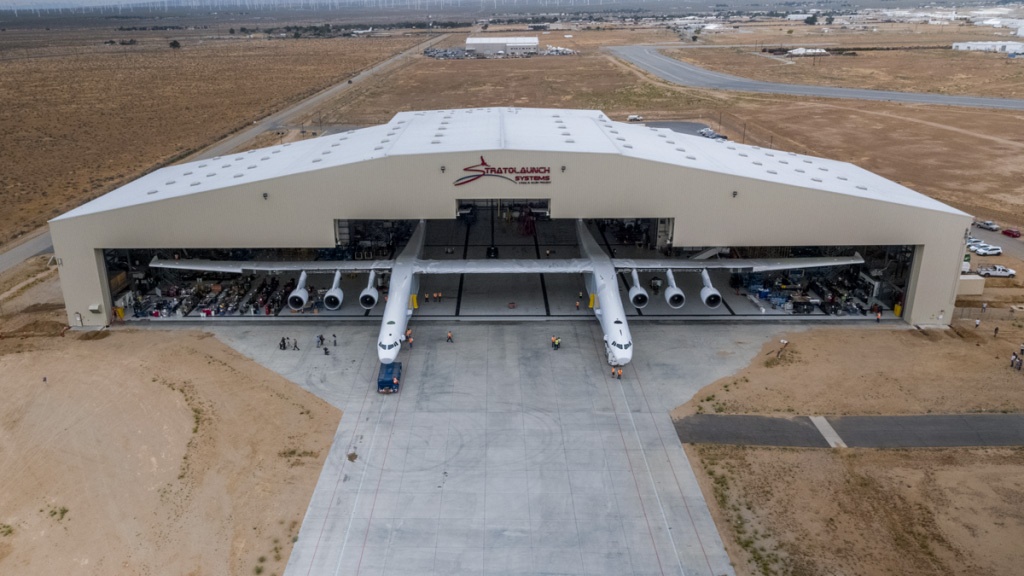
Stratolaunch was originally founded in 2011 by Microsoft co-founder Paul Allen. After Allen passed away in October of 2018, there was some uncertainty of the launch company’s future. In early 2019 the company announced they were ending their development of a family of rocket-based launch vehicles for their hypersonic vehicles and would instead use its giant dual fuselage aircraft — similar to Virgin Galactic’s White Knight Two — as a launch platform. The plane, nicknamed Roc, has a wingspan of 385 ft (117.3 m), the largest ever built.
Cerberus Capital Management acquired Stratolaunch in October 2019, and they announced they would use aircraft to provide high-speed flight test services.
The two new hypersonic planes are called Talon-A and Talon-Z, while the space plane is dubbed Black Ice.
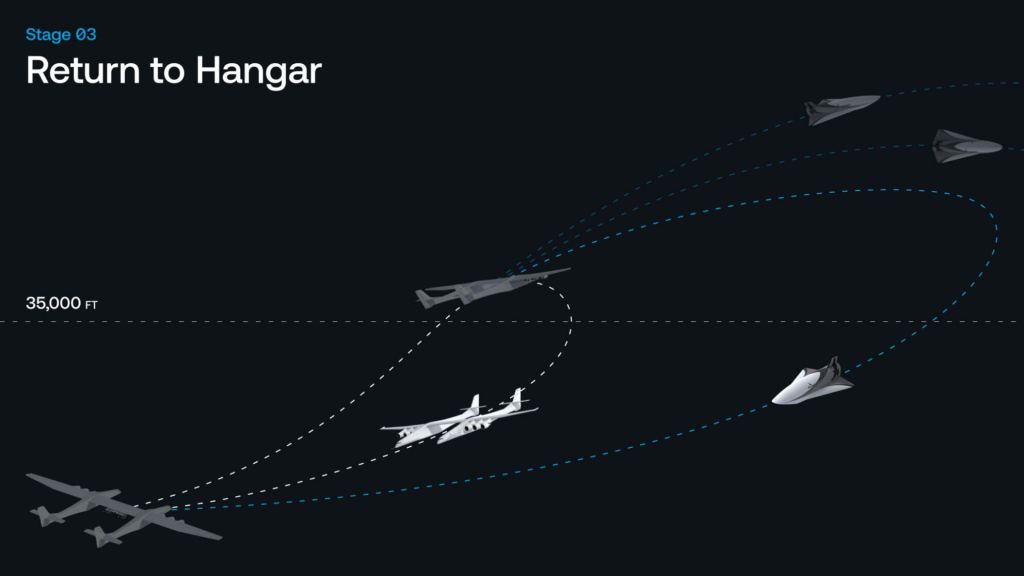
According to Stratolaunch’s website, the Talon-A is a fully reusable, autonomous, liquid rocket-powered Mach 6-class hypersonic vehicle with a length of 28 feet (8.5 m), wingspan of 11.3 feet (3.4 m), and a launch weight of approximately 6,000 pounds (2,722 Kg). The company said the first test flights of Talon-A will last for “over 1-minute of hypersonic flight testing, and glide back for an autonomous, horizontal landing on a conventional runway.” Talon-A will also be capable of autonomous take-off, under its own power, via a conventional runway.
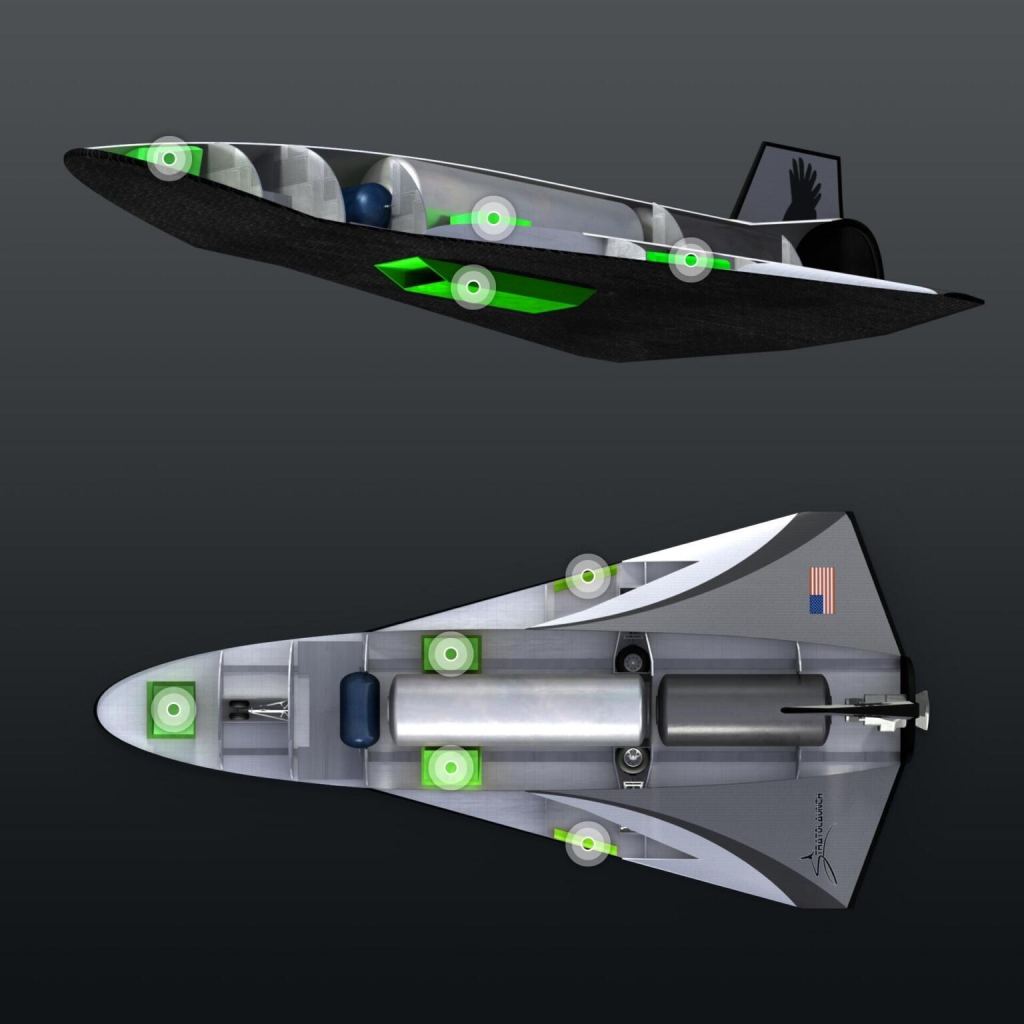
The Talon-A could be “highly instrumented” to collect vehicle and payload experiment data during flight, and the experiments could be either internal or external. Data would be collected and recorded on board the vehicle or could be telemetered to ground stations. Stratolaunch said both proprietary and classified payloads may be flown with secure data collection and telemetry. Since the Talon-A is a reusable vehicle, the experiments, payloads, and instrumentation can be recovered for inspection and re-use.
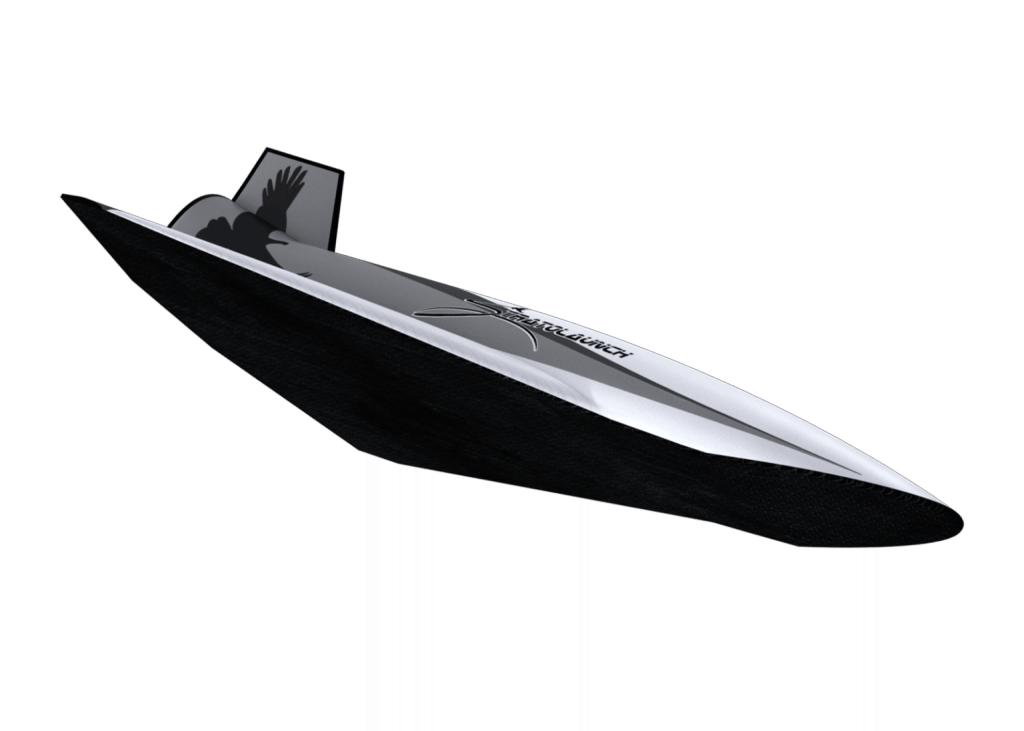
While Stratolaunch published a drawing of the Talon-Z hypersonic vehicle, it provided no additional details or specs. It appears to be larger than the Talon-A. Both vehicles will be used as a testbed for companies, universities or other entities looking to test instrumentation or gather data during hypersonic flight.
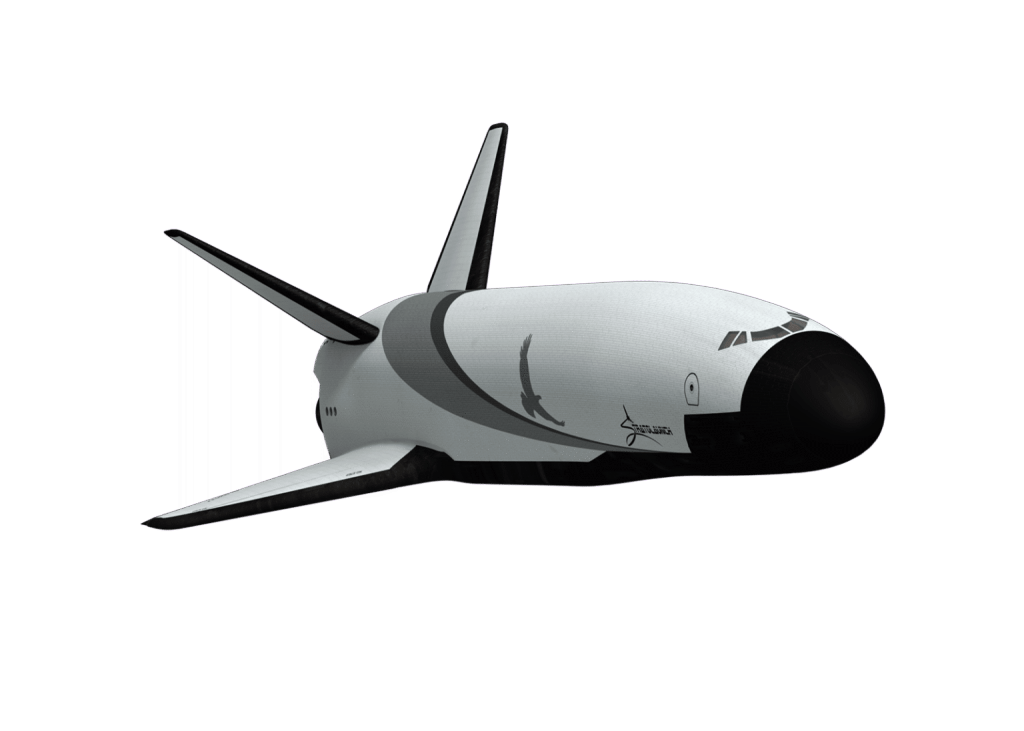
The Black Ice space plane will also very likely provide services for customers needing orbital tests of instrumentation or data-gathering flights, but may also look to provide crew and cargo space services.
If all goes well with test flights for Talon-A, Stratolaunch indicated they hope to be ready for commercial flights by 2023.
